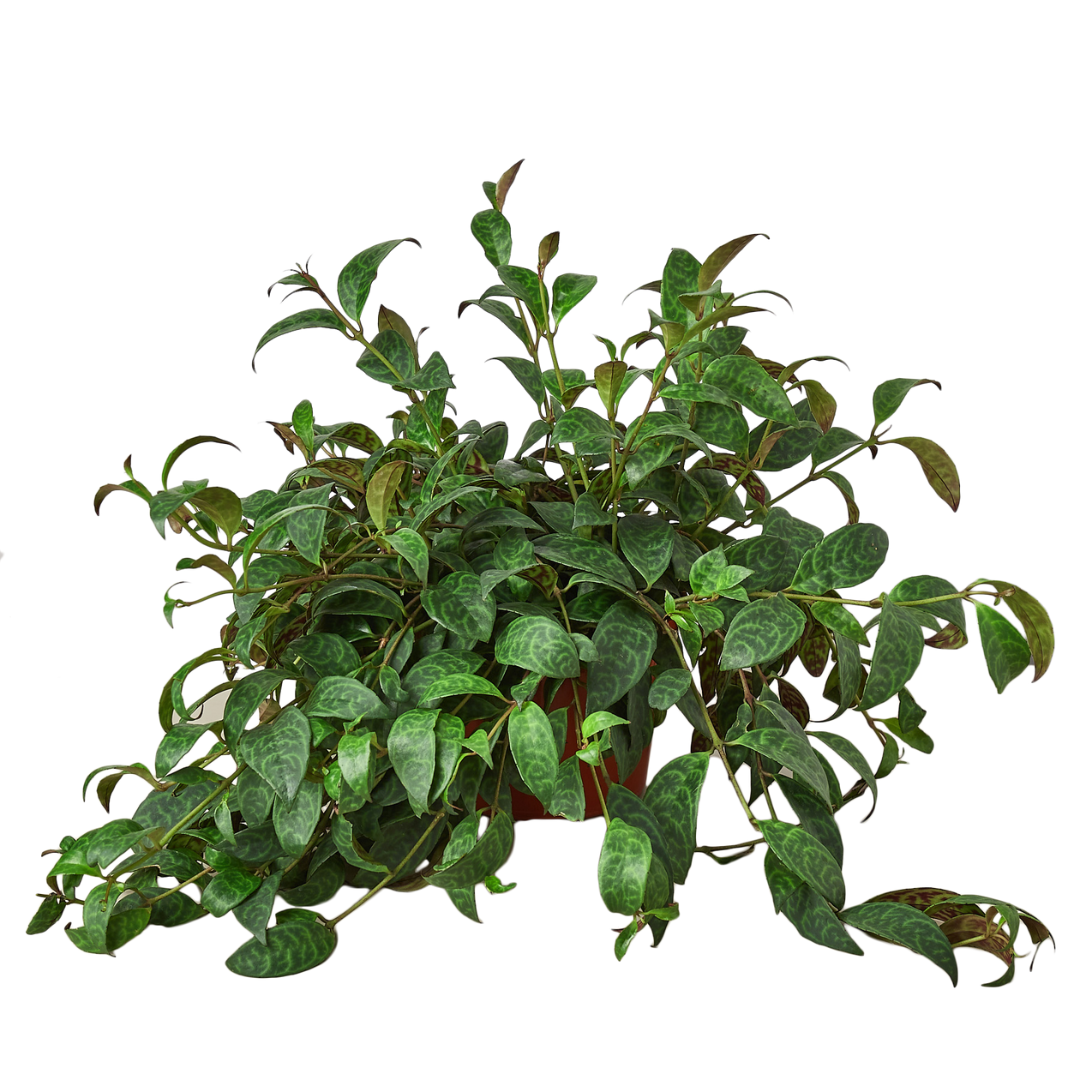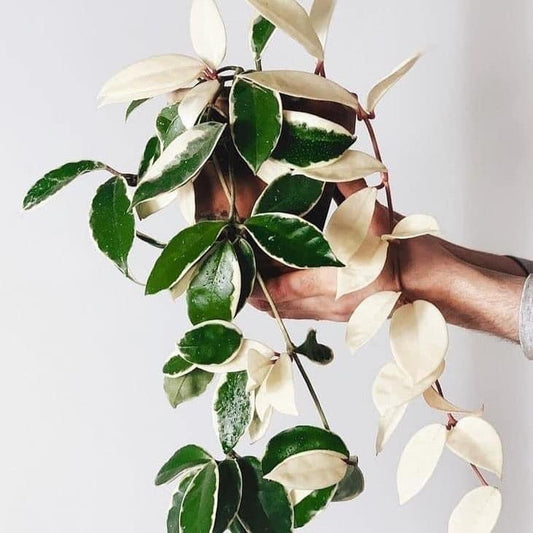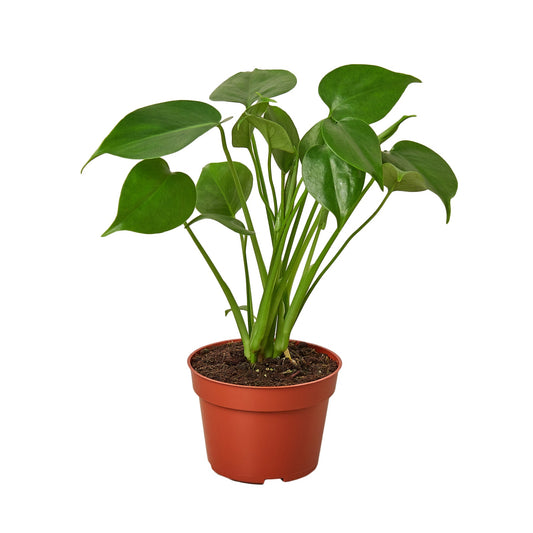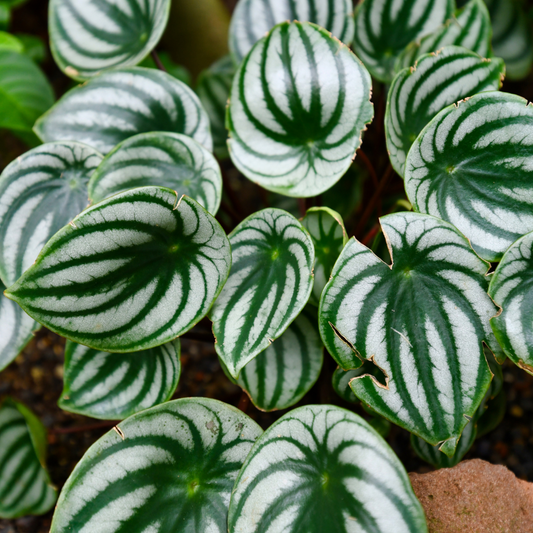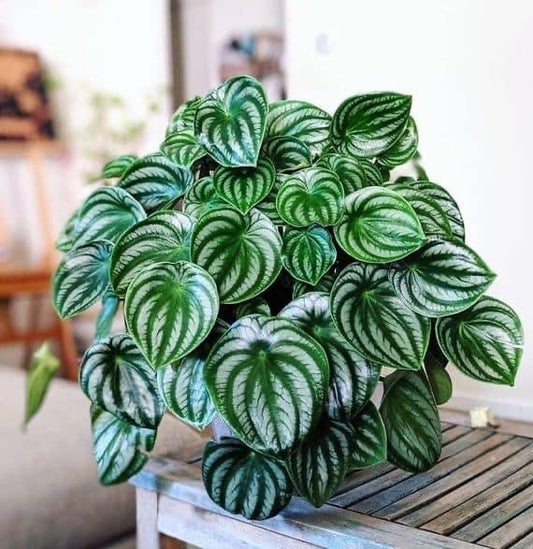Aeschynanthus, commonly known as the Lipstick Plant, is a stunning tropical houseplant that brings a touch of exotic beauty to any indoor space. Named for its vibrant, lipstick-like flowers, this plant is a favorite among indoor gardeners for its lush foliage and eye-catching blooms. In this comprehensive guide, we will explore everything you need to know about caring for the Lipstick Plant, including light requirements, soil type, watering and fertilizing tips, general care advice, decorating and pairing ideas, and propagation methods.
Light Requirements for the Lipstick Plant
Aeschynanthus thrives in bright, indirect light. It prefers a well-lit spot near a window where it can receive plenty of filtered sunlight. Direct sunlight, especially during the harsh midday hours, can scorch the leaves, leading to unsightly brown spots. If natural light is insufficient, you can supplement with fluorescent or LED grow lights to ensure your Lipstick Plant gets the light it needs to flourish.
Ideal Light Conditions:
- Bright, indirect light
- Avoid direct sunlight
- Supplement with grow lights if needed
Soil Type and Potting Mix
The Lipstick Plant requires a well-draining potting mix to prevent root rot, which is a common issue with overwatered plants. A mix designed for epiphytes or orchids works well, as these mixes provide the aeration and drainage that Aeschynanthus needs. You can also create your own potting mix by combining equal parts of peat moss, perlite, and pine bark.
Recommended Soil Mix:
- Orchid mix or epiphyte mix
- DIY mix: 1 part peat moss, 1 part perlite, 1 part pine bark
Watering Your Lipstick Plant
Watering is a critical aspect of Lipstick Plant care. These plants prefer to be kept evenly moist but not waterlogged. It's essential to allow the top inch of soil to dry out between waterings. During the growing season (spring and summer), you may need to water more frequently, while in the dormant period (fall and winter), reduce the watering frequency.
Watering Tips:
- Keep soil evenly moist
- Allow the top inch of soil to dry out between waterings
- Adjust watering frequency with the seasons
Fertilizing Aeschynanthus
Feeding your Lipstick Plant helps promote lush growth and vibrant blooms. Use a balanced, water-soluble fertilizer diluted to half strength every 2-4 weeks during the growing season. Reduce feeding during the winter months when the plant's growth slows down.
Fertilizing Schedule:
- Balanced, water-soluble fertilizer
- Dilute to half strength
- Feed every 2-4 weeks in spring and summer
- Reduce feeding in fall and winter
General Care Tips
In addition to proper light, soil, watering, and fertilizing, there are a few general care tips to keep your Lipstick Plant healthy and thriving.
Humidity:
Aeschynanthus enjoys higher humidity levels, ideally between 50-60%. If your home is dry, especially during winter, consider using a humidity tray, a humidifier, or regularly misting the plant.
Pruning:
Regular pruning helps maintain a compact, bushy shape and encourages new growth. Trim back any leggy stems and remove any dead or yellowing leaves.
Pests and Diseases:
The Lipstick Plant is generally resistant to pests, but it can occasionally be affected by aphids, mealybugs, and spider mites. Inspect your plant regularly and treat any infestations promptly with insecticidal soap or neem oil.
Decorating and Pairing Ideas
The Lipstick Plant's cascading habit and vibrant flowers make it a versatile addition to your home decor. Here are a few ideas on how to incorporate this stunning plant into your interior design:
Hanging Baskets:
Aeschynanthus looks spectacular in hanging baskets, allowing its long stems to drape beautifully. Hang them in bright areas like near windows or in sunrooms.
Shelves and Plant Stands:
Place your Lipstick Plant on a high shelf or plant stand to showcase its trailing vines. This adds vertical interest to your space and makes a striking focal point.
Plant Pairings:
Pair your Lipstick Plant with other tropical plants like the Swiss Cheese Plant (Monstera), Pothos, or Ferns to create a lush, indoor jungle effect. The contrasting textures and colors will enhance the visual appeal of your plant collection.
Propagation of the Lipstick Plant
Propagating Aeschynanthus is a rewarding way to expand your plant collection or share with friends. The most common method of propagation is through stem cuttings.
Step-by-Step Propagation Guide:
- Select Healthy Stems: Choose a healthy stem with at least 4-5 leaves.
- Cut the Stem: Using clean, sharp scissors, cut a 4-6 inch piece just below a leaf node.
- Remove Lower Leaves: Strip the leaves from the bottom two inches of the cutting.
- Rooting Medium: Place the cutting in water or a moist potting mix (a mix of perlite and peat works well).
- Provide Humidity: Cover the cutting with a plastic bag or place it in a propagator to maintain high humidity.
- Wait for Roots: Keep the cutting in a bright, indirect light spot and wait for roots to develop. This usually takes 4-6 weeks.
- Transplant: Once roots are well established, transplant the cutting into a small pot with well-draining soil.
Conclusion
Aeschynanthus, or the Lipstick Plant, is a delightful addition to any indoor garden. With its vibrant flowers, trailing vines, and relatively easy care requirements, it can brighten up any space. By following the care instructions outlined in this guide, you can enjoy a healthy and flourishing Lipstick Plant that adds a touch of tropical charm to your home. Whether you're a seasoned indoor gardener or a beginner, the Lipstick Plant is sure to bring joy and beauty to your plant collection.
For more tips on indoor gardening and to explore a wide variety of plants, visit our blogs for more info. Happy gardening!

